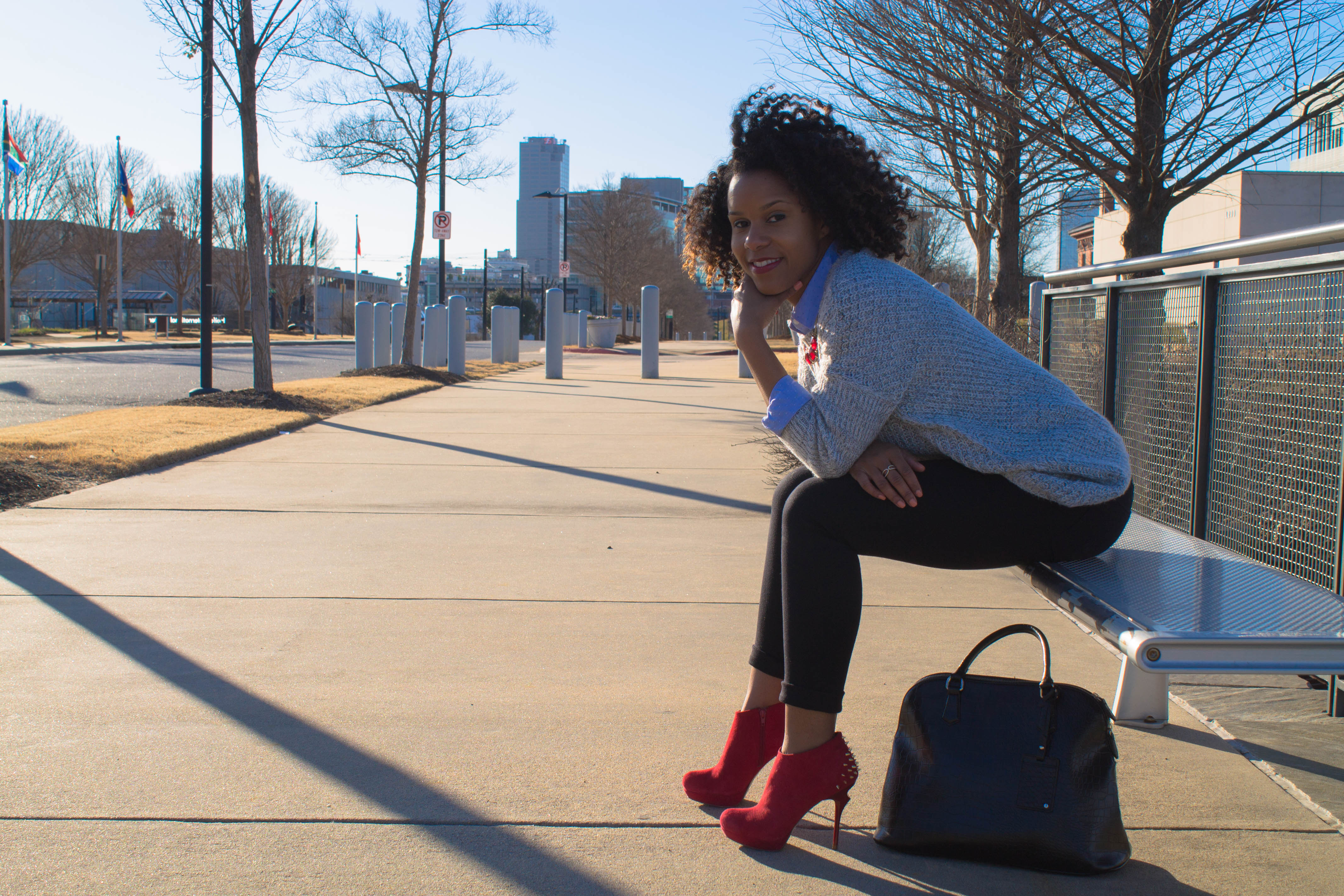Underneath Your Scalp:

The basic structure of hair is the same regardless of ethnicity. The hair follicle is a tube-like sac that is located in the dermis of the scalp and contains the hair root. Within the follicles, cells are produced and undergo a process of maturation known as Keratinization. As the cells move upward they lose their nucleus and die off, producing non-living cells that grow out from the scalp (this why it doesn’t hurt when you cut your hair).
Layer Up:

The hair shaft is made up of three layers: the cuticle, cortex, and medulla.
– The cuticle is the outermost layer. It has overlapping, shingle-like cells that protect and act as a gate keeper to control the flow of moisture in and out of the cortex.
– The cortex is the middle layer. It consists of keratin filaments, which are held together by side bonds and it is responsible for the strength, elasticity, color and texture of the hair.
– The medulla is the innermost layer, it is normally found in coarse hair.
Laying the Foundation:
Hair is composed primarily of a hard fibrous protein called Keratin. Keratin is made up of amino acids that are linked together by peptide bonds to form a polypeptide chain. This chain forms a helix by creating spiral movements that intertwine. Millions of polypeptide chains dwell in the cortex layer of the hair shaft. These polypeptide chains are linked together by hydrogen bonds, salt bonds, and disulfide bonds; your hair’s elasticity and strength are determined by these bonds

– Salt bonds are physical bonds, they are easily broken by strong acidic or alkaline solutions and account for one-third of the hair’s elasticity.
– Hydrogen bonds are physical bonds, they are easily broken by water and heat. These bonds are also responsible for one-third of the hair’s elasticity.
– Disulfide bonds are chemical bonds that are linked together by two sulfur atoms attached to cysteine amino acids within the polypeptide chains . They cannot be broken by heat or water and must be altered chemically (relaxers) in order to break. The number and positioning of disulfide bonds are responsible in part for curly hair.
Be sure to stay tuned… there is more to come!!! Thank you for stopping by!!!
XOXO,
Tamara






